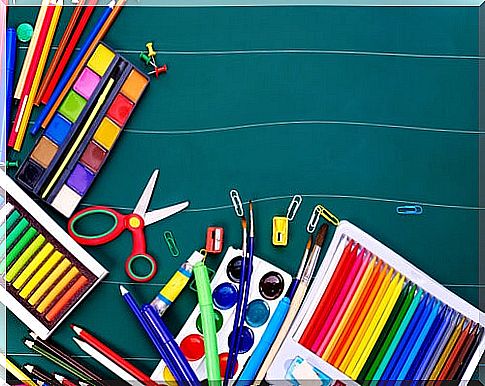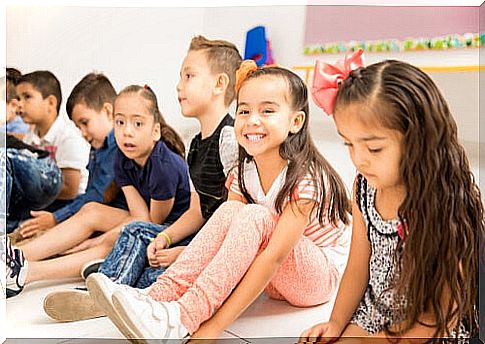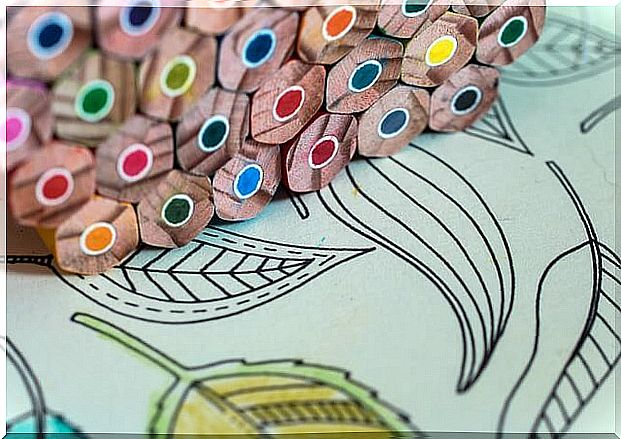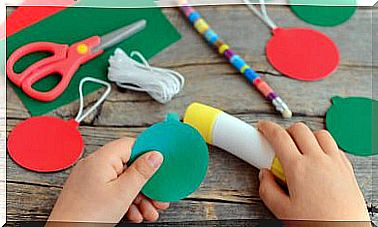10 Ideas To Encourage Creativity In The Classroom

Creativity in the classroom is a very conducive tool for a teacher, since it encourages student learning. You must bear in mind that everyone has the gift of creativity, you just have to stimulate each student to develop it in a practical and individualized way.
10 ways to help students foster creativity in the classroom
Take advantage of the various strategies you can implement in the classroom to expand creativity:
1.- Encourage students to find solutions for themselves
Ask open questions that help the young person to think about possible solutions and express them in the classroom. For example: “What would you do if …?” “What if …?”
Come up with situations that they can solve on their own. That they are people capable of looking for new ideas and asking questions about how to find solutions. Of course, avoid closed questions that are only “yes” or “no” and do not limit yourself to exposing theoretical concepts.
2.- Change the classroom layout
Arrange the classroom furniture differently than usual. For example, putting the tables together so that the students work as a team awakens the ideas of each one.
3.- Strengthen individual talents
Encouraging the student to discover what their talent is individually and then to demonstrate it creatively in the classroom allows the optimal participation of each student within the classroom.

4.- Alternate roles
For one day you can raise the possibility that the students are the instructors and that they take charge of teaching the class in a creative way; For this they can use tools such as preparing a video, games, songs, etc. all this related to the knowledge acquired.
5.- Offer individual feedback to each one
Feedback or feedback is an important part of the process. Spend time with each student to share their strengths and praise them. Also, let him know what he needs to improve on.
In this way, when it is your responsibility to correct the activities, you will not limit yourself only to giving grades.
6.- Use technology, an infallible resource
For a dynamic class where young people want to express their qualities and gifts, both individually and in groups, create a class blog and use it to share their activities. This is certainly a good tactic to encourage creativity in the classroom.
7.- Focus on their interests
To encourage their curiosity, analyze what is most important to each of them. If you pay attention to their interests, you will be able to drive and guide their thoughts. Putting yourself in their shoes will help you figure out what can really motivate them to act.
8.- Teach them with multidisciplinary lessons
Even if you are teaching them about a specific subject such as mathematics, integrate elements of culture, art and music in the lessons.
For example, when teaching geometry, show how it is applied in works of art. The idea is that they perceive how they can apply abstract concepts and incorporate their knowledge more easily.
Do it with several subjects and with different topics to reinforce the objective.
9.- Design a space that inspires creativity
Create a physical space exclusively for creative expression, such as tables for drawing and playing, a space for teamwork, a stage, and a place to think.
10.- Innovate things together with the students
Imagination has no limits when it comes to fostering creativity. You could create words that you only use in the classroom and make a dictionary with them. In the same way, you can change the students’ names to those of historical figures and have them act them out.
Likewise, encourage discussion of ideas on certain topics and have students create fictional characters with their legends or stories.

Creative teacher
For this, the teacher is required to be trained in:
- Lead by example in terms of creativity.
- Spontaneity.
- Ease of communication.
- Personality and autonomy with each member of the group.
- Use unconventional methods.
- Availability to listen to the opinions and needs of the students.
- It is very important to take into account the ages of the students when encouraging their creative capacity.
- Keep in mind that creativity is part of the values for the development of current education.
In conclusion , motivating creativity in the classroom is undoubtedly a very valuable resource for young people to develop skills and talents that will benefit them for life.










